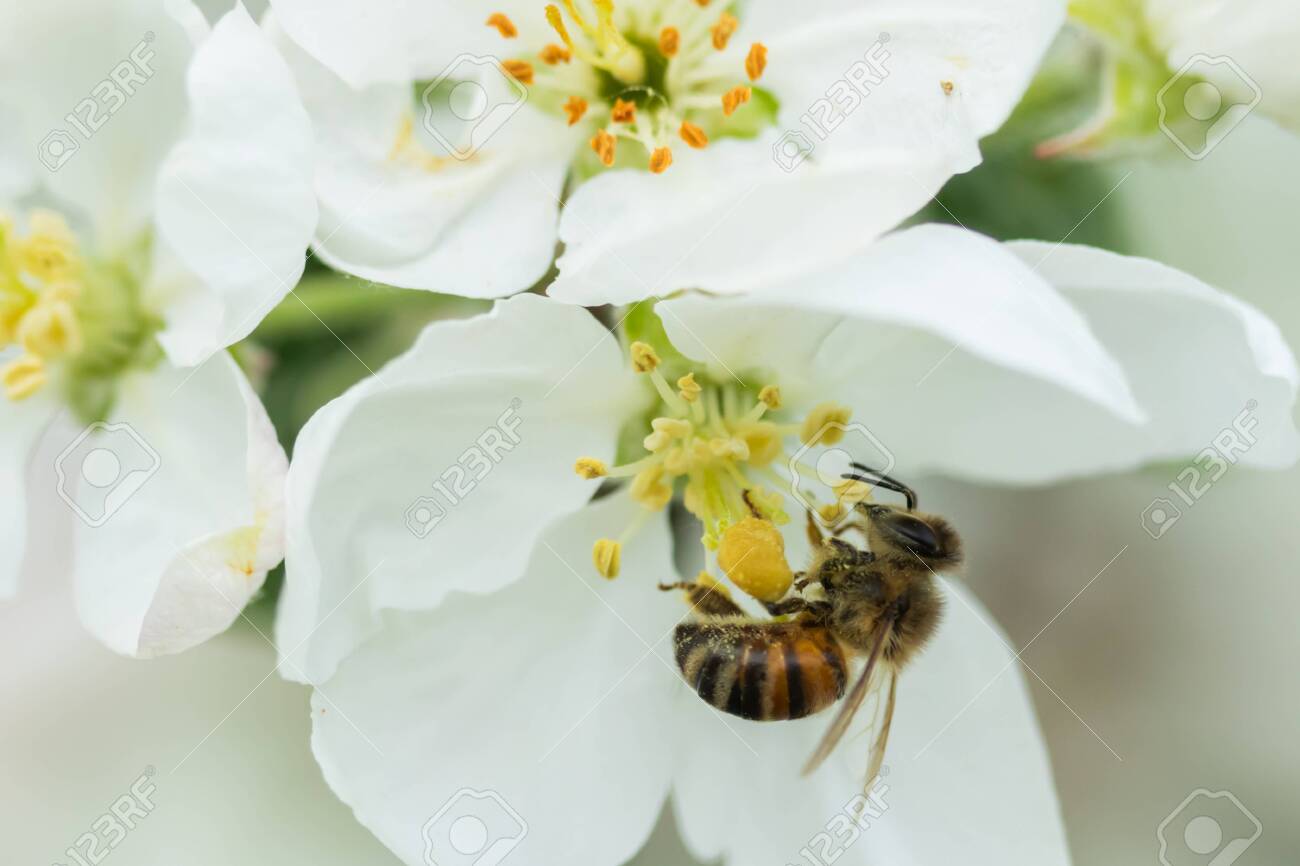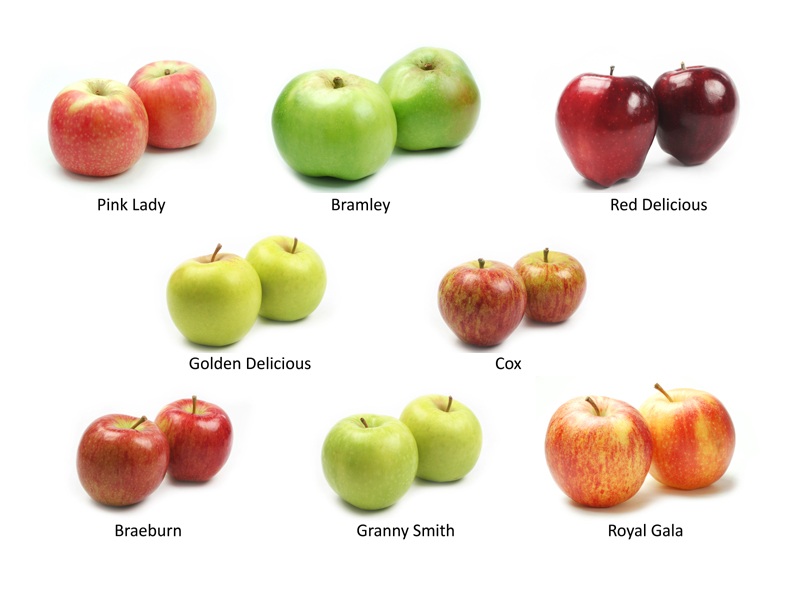Welcome, cider enthusiasts! Today, we embark on a delightful journey through time and taste buds as we uncover the captivating history and cultural significance of cider in European societies. Cider, a delightful beverage crafted from fermented apples or pears, has deep roots that intertwine with European heritage. So, grab a glass, settle in, and let’s raise our cups to the centuries-old tradition of cider!
Ancient Beginnings: To truly appreciate the allure of cider, we must venture back to its origins. Cider production dates back thousands of years, with evidence of apple cultivation in ancient Europe. The ancient Romans and Greeks enjoyed the fruits of the apple tree, even fermenting them into a rudimentary form of cider. This early manifestation laid the foundation for the beverage we adore today.
Medieval Era and Monastic Influence: During the Middle Ages, cider-making flourished across Europe, particularly in regions with a conducive climate for apple cultivation. Monastic orders played a pivotal role in refining the art of cider-making, using their extensive knowledge of agriculture and brewing techniques to perfect the craft. The monasteries of Normandy, England, and Spain became renowned centers of cider production, nurturing the growth and spread of this elixir of the gods.
Regional Distinctions and Techniques: As cider gained popularity, distinct regional variations emerged, each boasting its unique flavors and production methods. For instance, France’s Normandy region became celebrated for its “cidre” crafted from a blend of bitter and sweet apple varieties, resulting in a complex and nuanced taste. Meanwhile, the Basque Country in Spain adopted the “sagardoa” tradition, producing a naturally fermented cider known for its slightly tart and effervescent nature. The English, famous for their cider consumption, developed a diverse range of styles, from the refreshing “scrumpy” ciders of the West Country to the sparkling “cyder” of the East.
Cultural Significance: Beyond its palatability, cider has embedded itself in European cultures, playing a significant role in social gatherings, celebrations, and agricultural traditions. Harvest festivals in various regions are incomplete without the presence of cider, symbolizing abundance, gratitude, and shared enjoyment. Cider has also inspired numerous customs and rituals, such as the “wassailing” ceremonies in England, where cider-soaked toast is placed in apple trees to encourage a bountiful harvest in the coming year.
The Renaissance of Cider: After experiencing a slight decline during industrialization, cider has enjoyed a renaissance in recent decades. The appreciation for artisanal, small-batch production has surged, leading to the revival of traditional cider-making techniques and the cultivation of heirloom apple varieties. Craft cidermakers across Europe are preserving and revitalizing the cultural heritage associated with this beloved beverage, captivating new audiences and delighting cider enthusiasts with their inventive blends and flavors.
Further Reading:
- “The History of Cider” by The Ciderologist: https://www.theciderologist.com/the-history-of-cider/
- “Cider and the Medieval Monastery” by Apple Journal: https://www.applejournal.com/cider-and-the-medieval-monastery/
- “Cider and Culture: The Basque Cider Tradition” by Cider Culture: https://www.ciderculture.com/cider-and-culture-the-basque-cider-tradition/
As we conclude our exploration of the captivating history and cultural significance of cider in European cultures, we raise our glasses in admiration of this age-old elixir. Cider, with its diverse regional styles and ancient origins, continues to charm and enthrall us. So, let us celebrate the rich heritage and ever-evolving world of cider, toasting to the past, present, and future of this remarkable libation. Cheers to the flavors of Europe’s cider traditions and the people who have shaped them throughout the ages!




